Schenectady Landscaping: Professional Tips for Optimal Maintenance
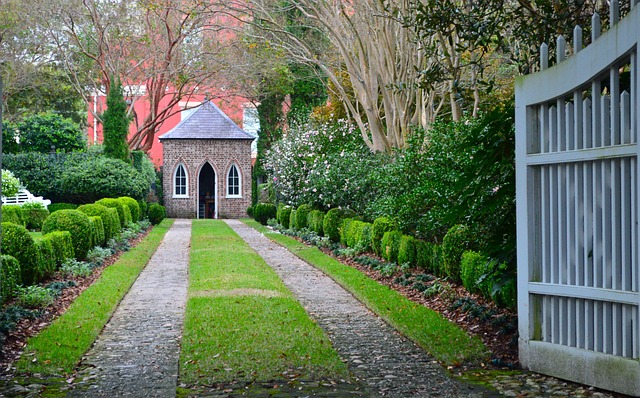
Assessing your Schenectady landscaping needs is key to creating or maintaining an outdoor space that aligns with your style and boosts property value……..
Welcome to an extensive exploration of the captivating world of Schenectady landscaping, a dynamic field that transforms urban landscapes into vibrant, functional, and aesthetically pleasing environments. This article aims to delve into every aspect of this specialized craft, from its historical roots to cutting-edge innovations. By the end, readers will grasp how Schenectady landscaping is not just about creating beautiful spaces but also contributing significantly to community well-being, economic growth, and environmental sustainability.
Definition:
Schenectady landscaping refers to the art and science of designing, planning, and cultivating outdoor spaces in urban and suburban settings. It involves a comprehensive approach that integrates architecture, ecology, and aesthetics to create functional landscapes that serve various purposes, including recreation, sustainability, and community engagement.
Core Components:
Site Analysis: Understanding the physical characteristics of the land, including topography, soil quality, and existing vegetation, is fundamental. This analysis guides the design process, ensuring the landscape is in harmony with its surroundings.
Design and Planning: This involves creating detailed plans that incorporate functional spaces, such as parks, gardens, walkways, and recreational areas. Designers consider user needs, accessibility, and the overall aesthetic appeal of the space.
Hardscaping: Referring to non-living elements, hardscaping includes structures like patios, retaining walls, decks, and driveways. It also involves the installation of irrigation systems, lighting, and other mechanical features.
Softscaping: Softscape components comprise living elements such as trees, shrubs, flowers, and grass. These are carefully selected to enhance the landscape’s beauty, provide shade, improve air quality, and support local ecosystems.
Historical Context:
The roots of Schenectady landscaping can be traced back to ancient civilizations that shaped their urban spaces for practical and aesthetic purposes. However, its modern evolution emerged during the 20th century, fueled by urbanization and a growing appreciation for natural beauty. The post-World War II era saw a surge in landscape architecture, as cities sought to rebuild and create more livable, green spaces. This period laid the foundation for the sophisticated landscaping practices we see today, emphasizing functionality, aesthetics, and environmental stewardship.
Schenectady landscaping has transcended geographical boundaries, leaving its mark on cities worldwide. Its influence is evident in diverse regions, each adapting the core principles to suit local climates, cultures, and needs:
North America: The United States and Canada have been at the forefront of innovative landscaping practices. Cities like New York, Los Angeles, and Toronto showcase a blend of historic and modern landscapes, featuring iconic parks (e.g., Central Park), urban gardens, and sustainable water features.
Europe: European cities embrace a rich history of landscaping, evident in well-manicured parks and public gardens. London’s Hyde Park, Paris’ Jardin du Luxembourg, and Berlin’s Tiergarten are renowned worldwide for their beauty and cultural significance. Contemporary trends include integrating green infrastructure to mitigate urban heat islands and enhance biodiversity.
Asia: Asian metropolises like Tokyo, Singapore, and Hong Kong have embraced landscaping to create iconic urban oases. These cities often blend traditional elements with modern design, showcasing unique features such as Japanese gardens, vertical greening, and rooftop parks.
Trends Shaping the Future:
| Global Trend | Description |
|---|---|
| Sustainable Landscaping | Emphasizing eco-friendly practices, this trend focuses on water conservation, native plant species, renewable energy sources, and reduced chemical use. |
| Green Infrastructure Integration | Incorporating natural features like green roofs, rain gardens, and urban forests to enhance biodiversity, improve air quality, and mitigate climate change impacts. |
| Smart Landscapes | Utilizing technology for efficient irrigation, lighting, and security systems, while also enabling data-driven decision-making for better landscape management. |
| Cultural Landscape Preservation | Preserving and restoring historic landscapes that reflect a region’s cultural heritage, ensuring these valuable spaces are passed down for future generations. |
The economic impact of Schenectady landscaping is multifaceted, influencing various sectors:
Construction and Design: The initial investment in landscape design and construction creates jobs and stimulates local economies. According to the American Society of Landscape Architects (ASLA), the landscaping industry contributed over $125 billion to the US economy in 2020.
Real Estate: Well-designed outdoor spaces significantly enhance property values. Research indicates that homes with attractive landscapes sell faster and at higher prices, especially in competitive real estate markets.
Tourism: Scenic urban landscapes attract visitors, boosting local tourism. Cities like Seattle and Portland have become renowned for their vibrant public gardens and parks, drawing tourists and fostering a thriving local economy.
Maintenance and Management: Ongoing landscape maintenance services create ongoing revenue streams and employment opportunities. This sector employs thousands of professionals worldwide, ensuring the longevity and aesthetics of landscaped areas.
Technology plays a pivotal role in revolutionizing Schenectady landscaping:
Geographic Information Systems (GIS): GIS software enables designers and managers to create detailed digital maps, analyze site conditions, and simulate landscape designs virtually. This technology streamlines the planning process and enhances design accuracy.
Drones: Drones are being utilized for efficient land surveying, site monitoring, and even planting. They provide aerial perspectives, helping professionals assess large sites, identify issues, and plan interventions effectively.
Smart Irrigation Systems: Automated, app-controlled irrigation systems optimize water usage by adjusting watering schedules based on real-time weather data and soil moisture levels. This technology ensures plants receive the right amount of water, promoting healthier growth.
Biotechnology: Genetic engineering and biotechnology offer new plant varieties with enhanced traits, such as disease resistance and drought tolerance. These innovations contribute to more sustainable landscapes that require less maintenance.
Governments worldwide play a crucial role in shaping the landscape through policies and regulations:
Zoning Laws: Local zoning ordinances dictate land use, ensuring that landscaping projects adhere to specific guidelines regarding setbacks, lighting, and noise levels. These laws maintain harmony within neighborhoods.
Environmental Regulations: Many countries have strict environmental protection laws that govern the use of chemicals, waste management, and water quality. Landscapers must comply with these regulations to minimize ecological impact.
Building Codes: Building codes often include provisions for landscape design, ensuring that new constructions incorporate functional and aesthetically pleasing outdoor spaces.
Permitting and Licensing: Professional landscaping services typically require licenses and permits, ensuring that businesses meet industry standards and safety requirements.
Despite its numerous benefits, Schenectady landscaping faces several challenges:
Funding and Maintenance: One of the primary concerns is the cost of designing, implementing, and maintaining landscaped spaces. Insufficient funding can lead to underdeveloped public areas, while long-term maintenance costs are often overlooked, resulting in neglected landscapes.
Water Usage: Traditional landscaping practices often rely heavily on water, which can strain local water resources, especially in drought-prone regions. This challenge highlights the need for more sustainable watering solutions.
Chemical Use: The use of pesticides and herbicides has raised environmental and health concerns. Critics advocate for integrated pest management (IPM) strategies that minimize chemical reliance.
Solutions and Strategies:
This iconic urban renewal project transformed an abandoned elevated rail line into a vibrant public park. The High Line showcases sustainable landscaping, featuring native plants and art installations. It has become a global model for reclaiming urban spaces, attracting millions of visitors annually and boosting nearby property values.
Singapore’s government has implemented an ambitious plan to create “a city in a garden.” This initiative includes building numerous parks, gardens, and green roofs, ensuring that every resident lives within a short distance of green space. The country’s iconic Gardens by the Bay is a prime example, featuring futuristic Supertrees and a lush vertical garden.
San Francisco has undertaken a significant effort to restore its urban forest, planting thousands of new trees and enhancing existing ones. This project addresses climate change mitigation, improved air quality, and increased biodiversity while also providing aesthetically pleasing landscapes for residents and visitors.
The future of Schenectady landscaping is brimming with potential growth areas and emerging trends:
Smart Cities and Digital Integration: As cities embrace the smart city concept, landscaping will increasingly incorporate digital technology to enhance user experiences and improve efficiency. Interactive features, real-time data monitoring, and app-based services will become commonplace.
Biophilic Design: There is a growing recognition of the benefits of biophilic design, which connects people with nature. Future landscapes will feature more natural elements, such as water bodies, green walls, and forest-like settings, to promote well-being and reduce stress.
Sustainable Water Management: With water scarcity becoming a global concern, water-efficient landscaping practices will be mainstream. Rainwater harvesting, greywater systems, and drought-tolerant landscapes will be integral to future projects.
Community-Driven Landscape Planning: Involving local communities in landscape design and decision-making processes will foster a sense of ownership and ensure that outdoor spaces meet the diverse needs and aspirations of residents.
Schenectady landscaping is not merely about creating beautiful outdoor spaces; it is a multifaceted discipline that transforms urban environments, enhances quality of life, and contributes to sustainable development. From its historical roots to cutting-edge innovations, this field continues to evolve, adapting to global trends and local contexts. By addressing economic considerations, embracing technology, and navigating policy landscapes, Schenectady landscaping professionals play a vital role in shaping livable, resilient cities worldwide.
Q: What makes Schenectady landscaping unique?
A: Schenectady landscaping stands out for its holistic approach, integrating architecture, ecology, and aesthetics to create functional and aesthetically pleasing outdoor spaces. It combines both traditional design principles and modern innovations to meet diverse urban needs.
Q: How does landscaping contribute to community development?
A: Landscaping enhances community spaces, fostering social interaction and a sense of belonging. Well-designed public parks, gardens, and recreational areas encourage community engagement, improve mental health, and can boost property values, contributing to overall neighborhood development.
Q: What are the environmental benefits of sustainable landscaping?
A: Sustainable landscaping practices promote biodiversity by conserving water and reducing chemical use. They help mitigate climate change through carbon sequestration and reduce urban heat island effects, making cities more livable for residents and local ecosystems.
Q: How can technology enhance landscape design?
A: Technology offers various tools, such as GIS for site analysis and drone surveys, and smart irrigation systems for efficient water management. These innovations streamline design processes, improve accuracy, and enable better landscape stewardship.
Q: What are some key considerations when designing a public park?
A: Public park design should prioritize accessibility, safety, and inclusivity. Factors like age-appropriate play areas, scenic viewpoints, diverse plant life, and comfortable seating enhance the user experience. Engaging with the local community during the design process ensures the park meets their needs and expectations.

Assessing your Schenectady landscaping needs is key to creating or maintaining an outdoor space that aligns with your style and boosts property value……..

Schenectady landscaping begins with assessing unique property features like sunlight, soil types, and existing vegetation, defining landscape purpose…….
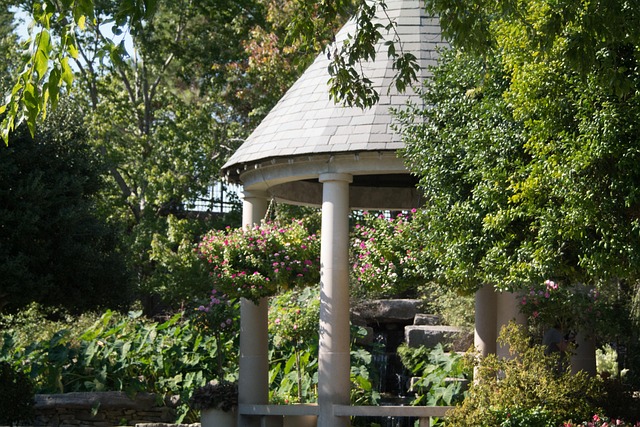
Schenectady, NY, gardeners face a humid continental climate with cold winters (-3.9°C lows) and warm-hot summers. Hardiness zones 5b-6a guide plan…….
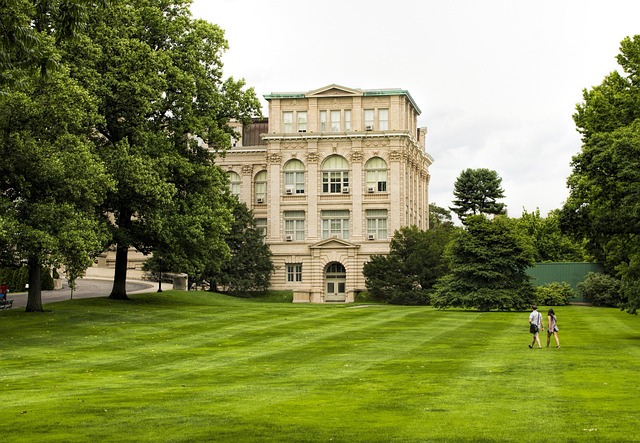
In Schenectady landscaping, hardscape solutions like patios, walkways, retaining walls, and water features transform outdoor spaces into vibrant, func…….
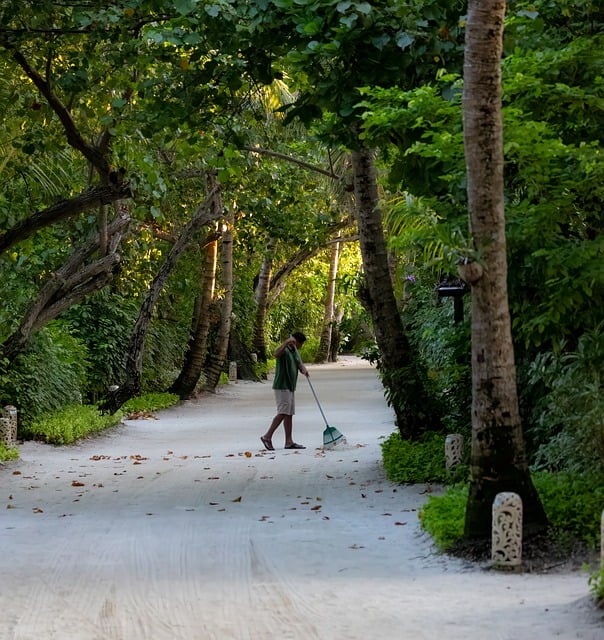
Professional landscaping in Schenectady is a powerful strategy to increase property values, with services ranging from routine maintenance to creative…….
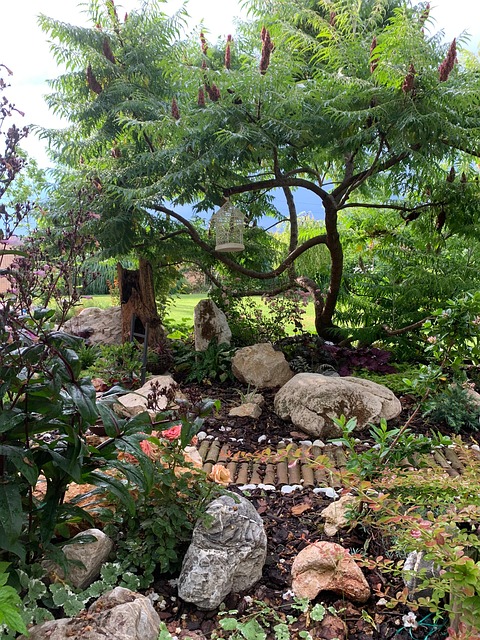
Investing in professional Schenectady landscaping substantially increases property value through enhanced curb appeal, improved quality of life featur…….
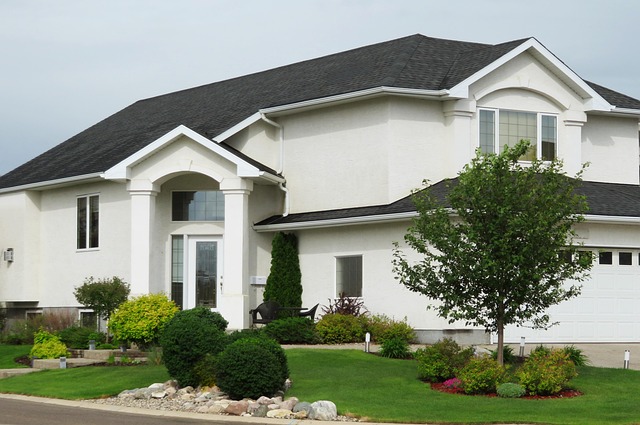
Schenectady, with its rich history and natural beauty, offers a diverse range of landscapes catering to all tastes and budgets. The area boasts parks,…….

In 48 hours, Schenectady Landscaping transformed a plain lawn into a captivating neighborhood feature using native plants, hardscaping, and creative l…….

In Schenectady, landscaping is an art that transforms bland backyards into vibrant, functional spaces reflecting homeowners' personalities and mo…….